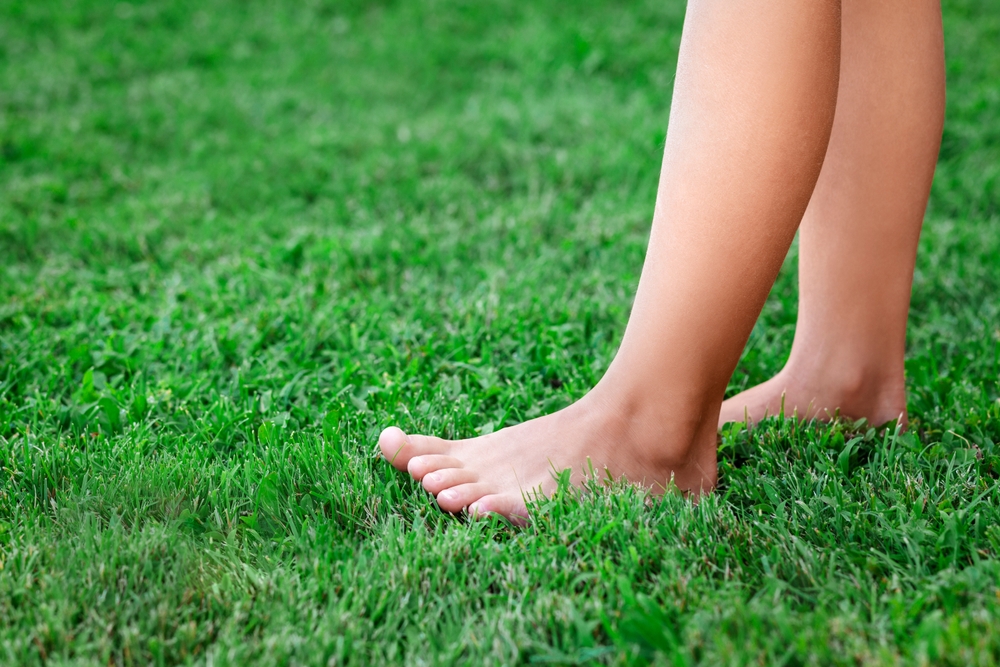Discovering the Health Benefits of Earthing: The Science Behind the Grounding Phenomenon
Have you ever wondered why walking barefoot on grass or sand feels so refreshing? That's no coincidence. It's called "earthing" or "grounding," and it's more than just a sensation—it's science. Let's delve into this intriguing health and wellness trend, explore its roots, and uncover what research has to say about its potential benefits.

The Roots of Earthing: A Historical Overview
Earthing, as a concept, is not new. The idea of connecting with the Earth’s natural energy has been part of many cultures worldwide for centuries. Indigenous tribes, ancient Romans, Greeks, and Hindus have all emphasized the importance of our relationship with the Earth. They believed that the Earth’s energy could heal, rejuvenate, and bring balance to the body.
The modern scientific exploration of earthing began in the late 20th century, with researchers like Clinton Ober and Stephen Sinatra. They proposed that direct contact with the Earth’s surface could influence our health in a positive way. Their studies opened new avenues of research in the field of bioelectrical medicine, sparking interest and debate within the scientific community.
Earthing and Health: Current Research and Insights
The human body, like Earth, has its electrical field. It’s suggested that when our skin contacts the Earth’s surface, it allows a transfer of electrons, which can neutralize harmful free radicals in our bodies and reduce inflammation.
Several studies have explored earthing’s impact on health. For instance, a 2012 paper in the Journal of Environmental and Public Health reported that grounding could improve sleep, reduce pain and stress, and enhance overall well-being. Another study published in The Journal of Alternative and Complementary Medicine in 2010 suggested that earthing might help balance cortisol levels, thus supporting healthier sleep patterns and stress management.
However, while these findings are encouraging, more research is needed to fully understand the extent and mechanisms of earthing’s potential health benefits.
Debating the Science: Pros, Cons, and Credibility
The benefits of earthing have been both lauded and criticized. Advocates argue that grounding is a free, accessible wellness practice that helps reconnect us with nature and our bodies. They point to anecdotal evidence and preliminary studies showing improvements in sleep, pain management, and stress reduction.
Critics, however, note the lack of rigorous, large-scale studies to substantiate these claims. They argue that while earthing may have a placebo effect, its physiological benefits have yet to be definitively proven.
Despite these debates, one thing is clear: earthing, when practiced safely, has no known adverse effects. Therefore, while we await further research, those who find earthing beneficial can continue to practice it without fear of harm.
Grounding Practices to Try Today
- Walk barefoot on grass, sand, or soil for at least 30 minutes a day.
- If you live in a city, try earthing mats or sheets that simulate the Earth’s electrical field.
- Engage in outdoor activities like gardening, yoga, or meditation — all can be grounding practices.
Conclusion
Earthing, the simple act of connecting with the Earth’s natural energy, is a fascinating wellness concept that warrants more research. While scientific consensus is still out, preliminary findings suggest potential benefits from improved sleep to stress reduction. As we continue to explore the links between our environment and health, earthing serves as a reminder of our deep, intrinsic connection with the natural world. So, why not kick off your shoes and give it a try? After all, the best health practices are often those that reconnect us with our roots.




